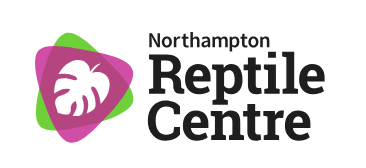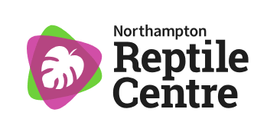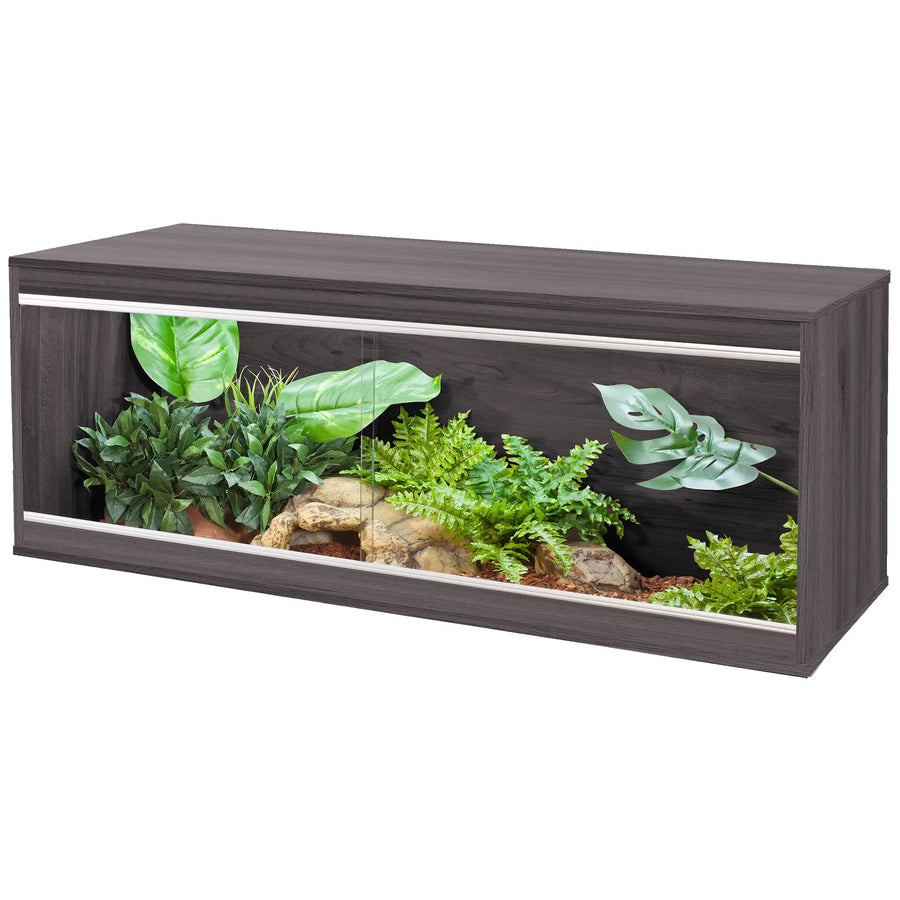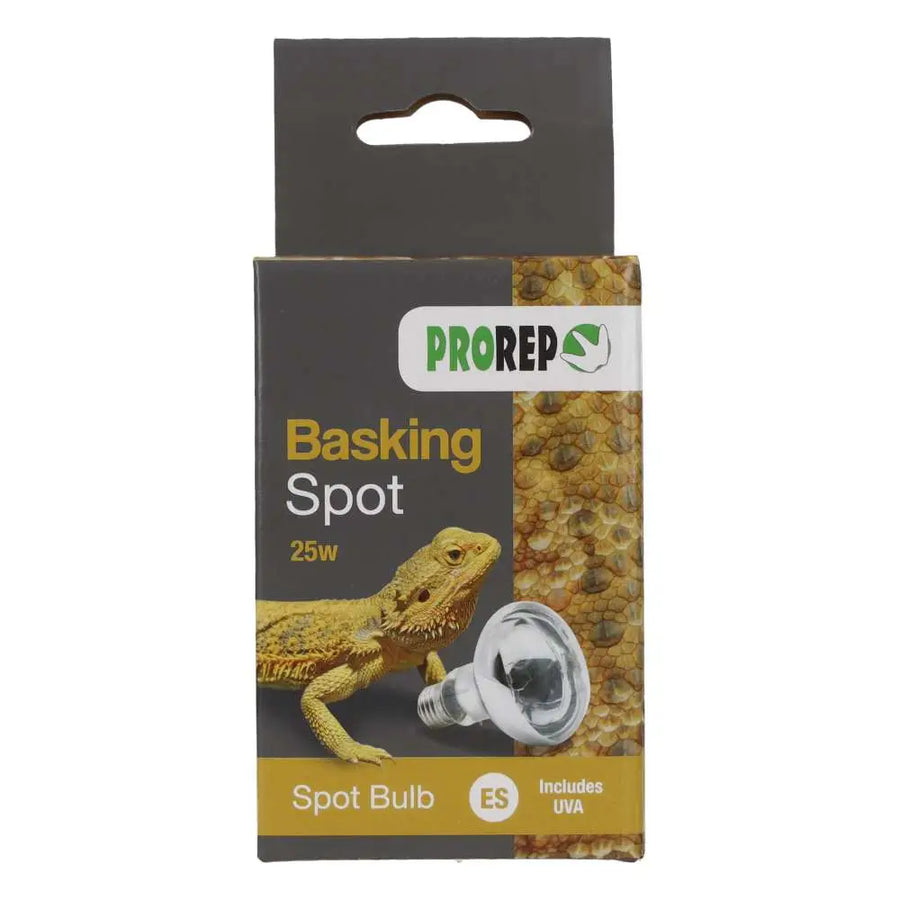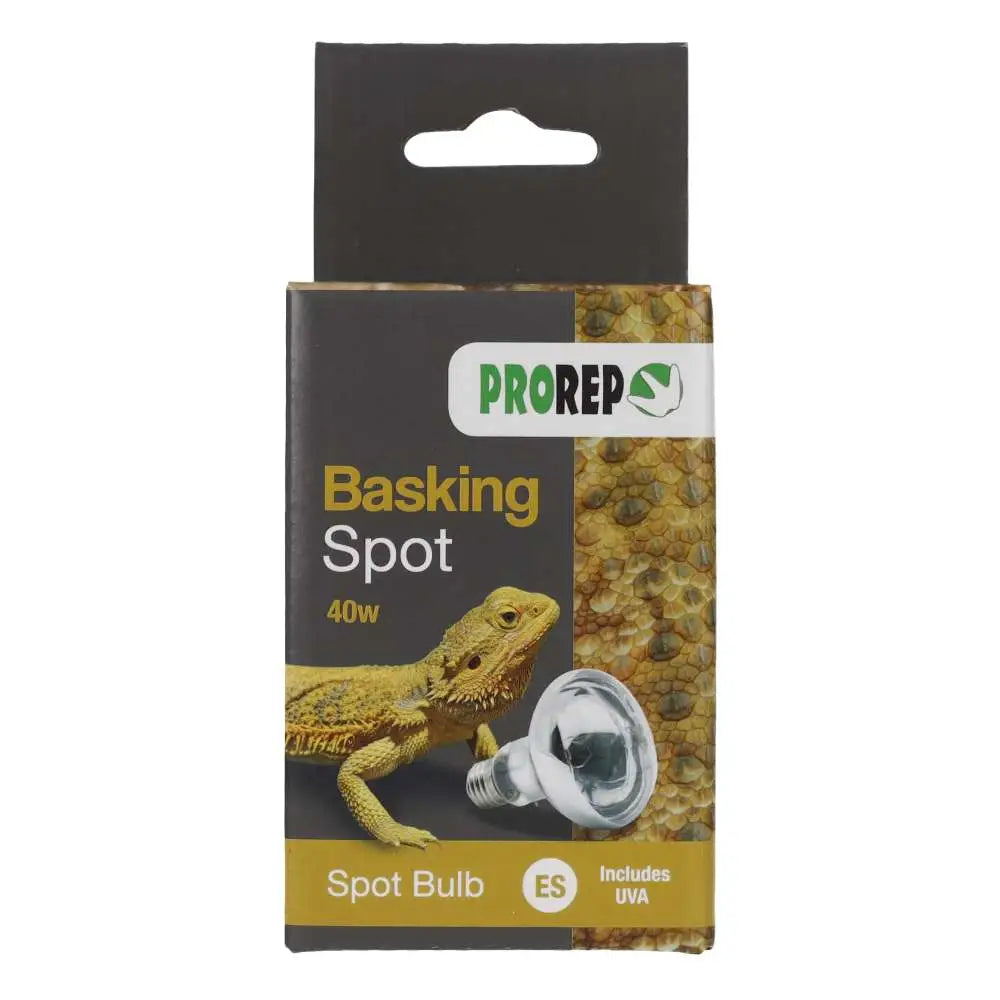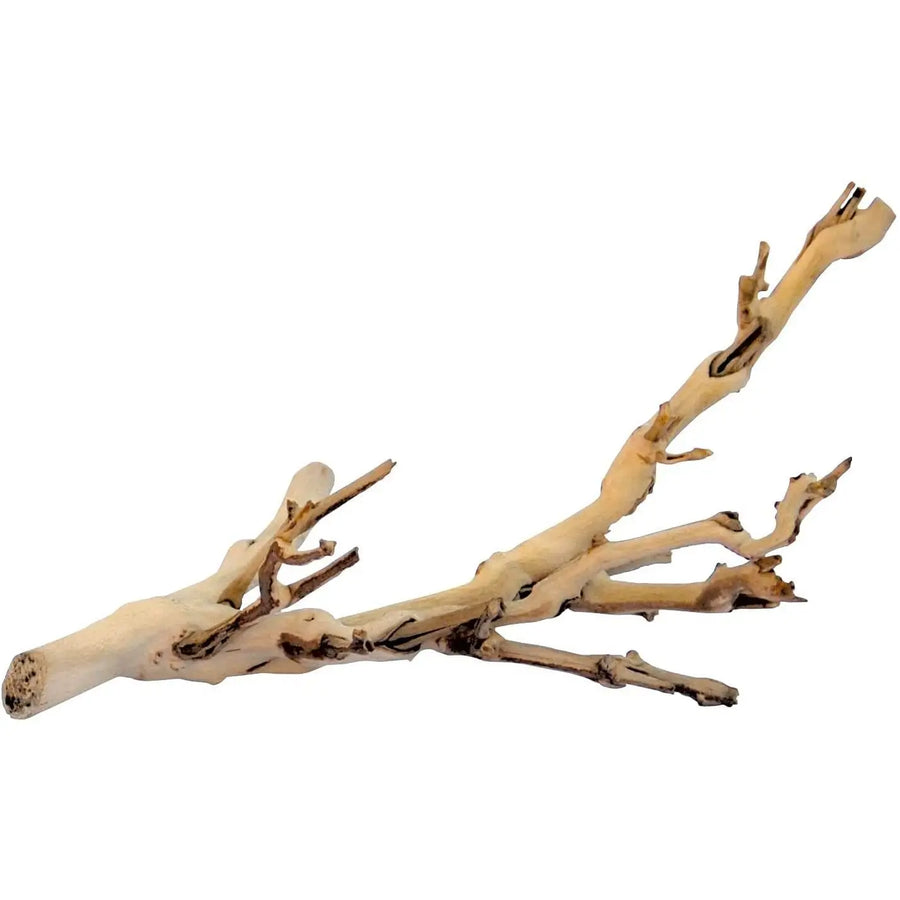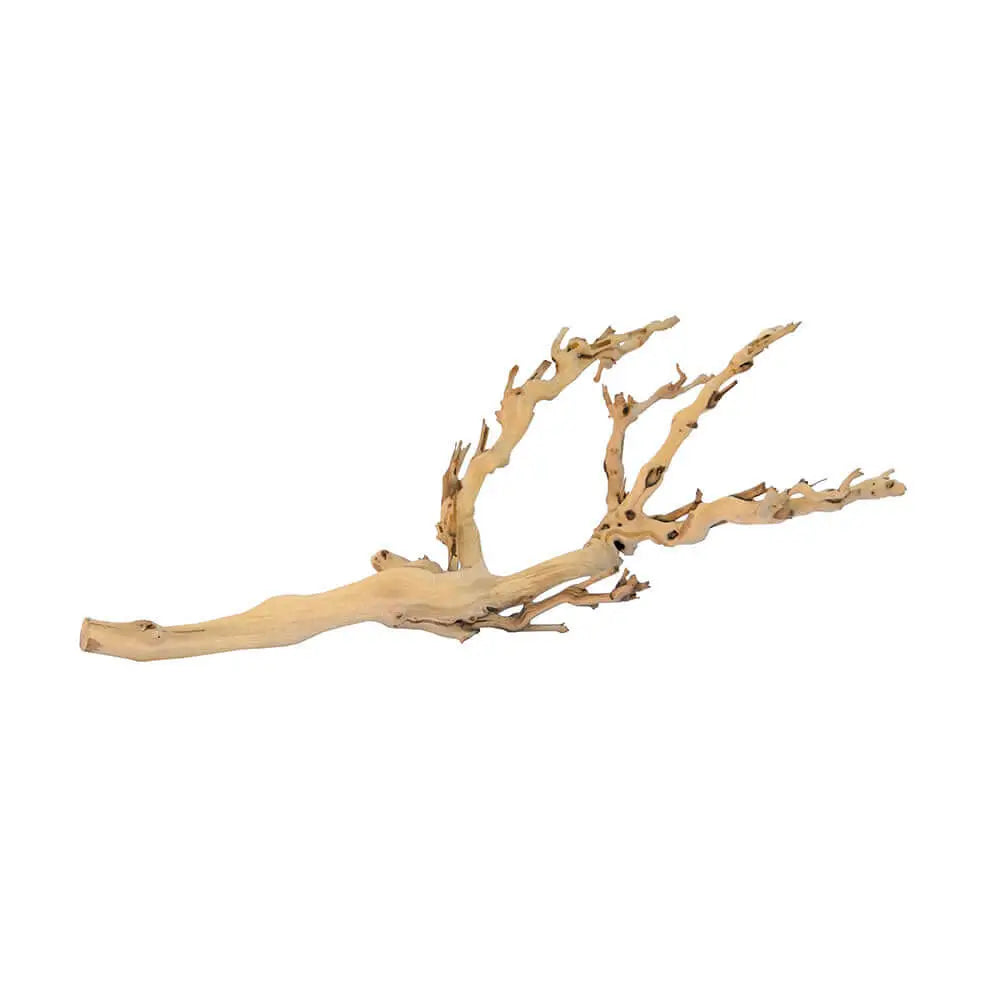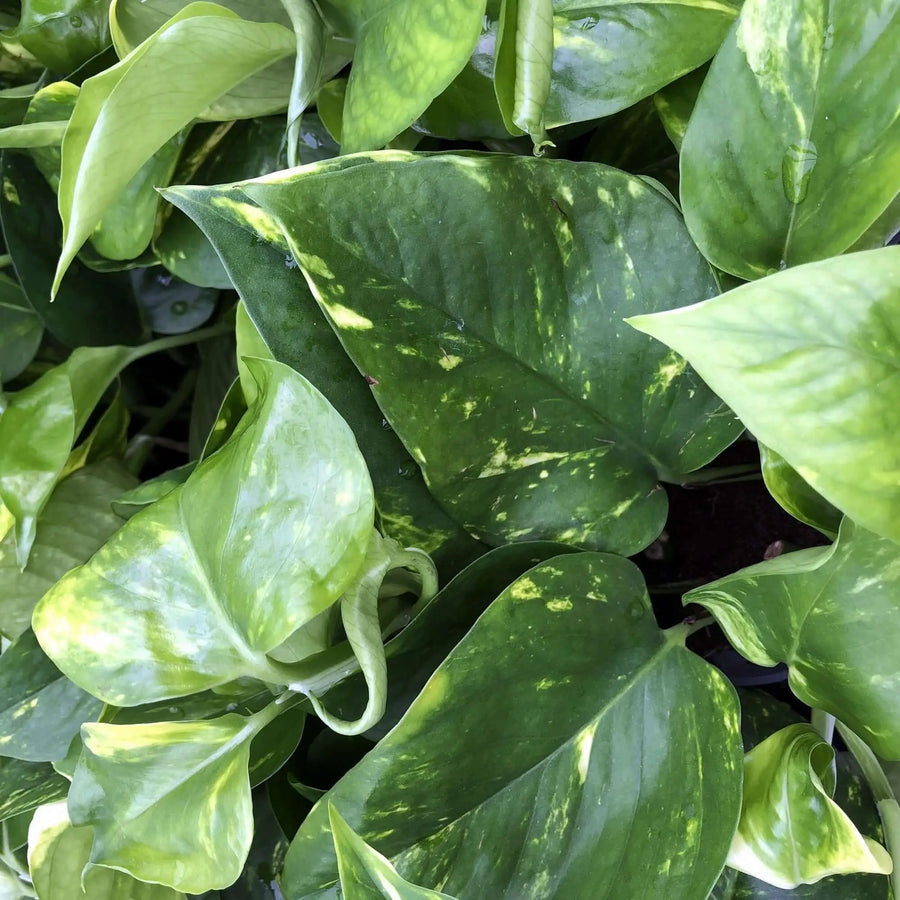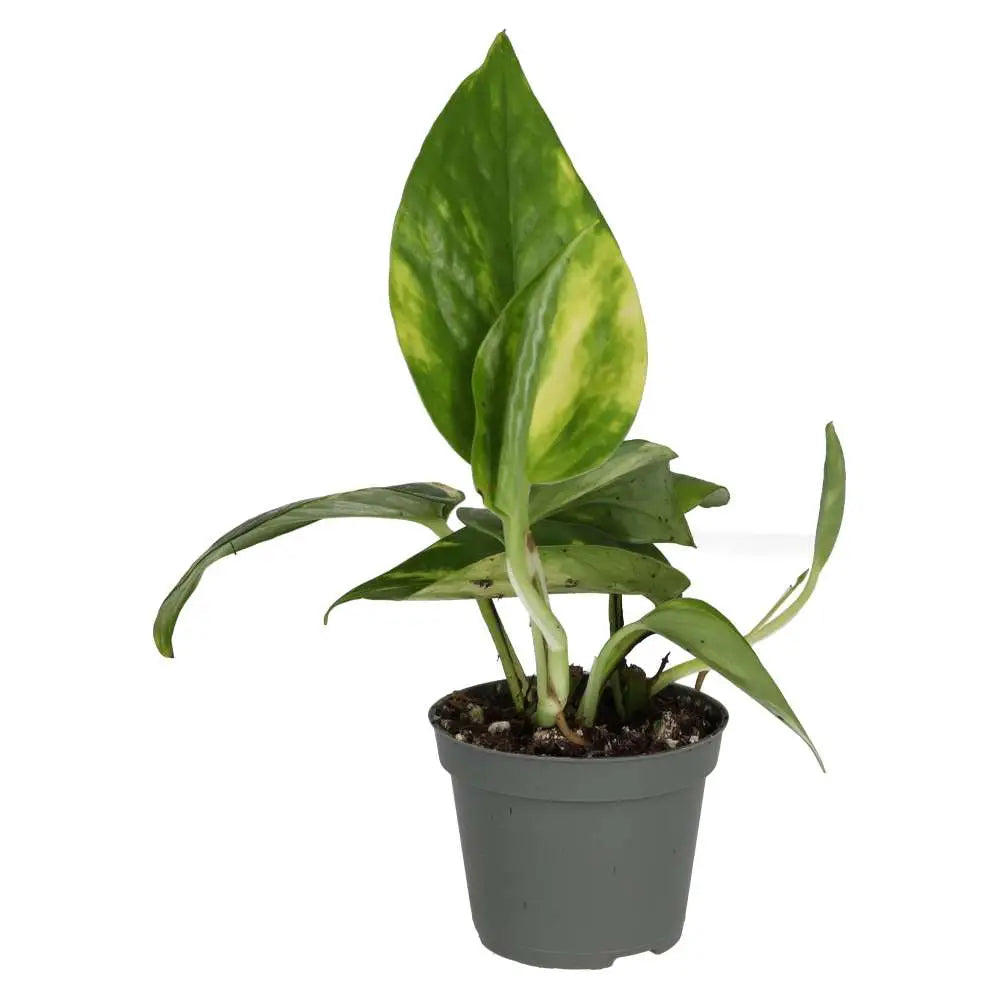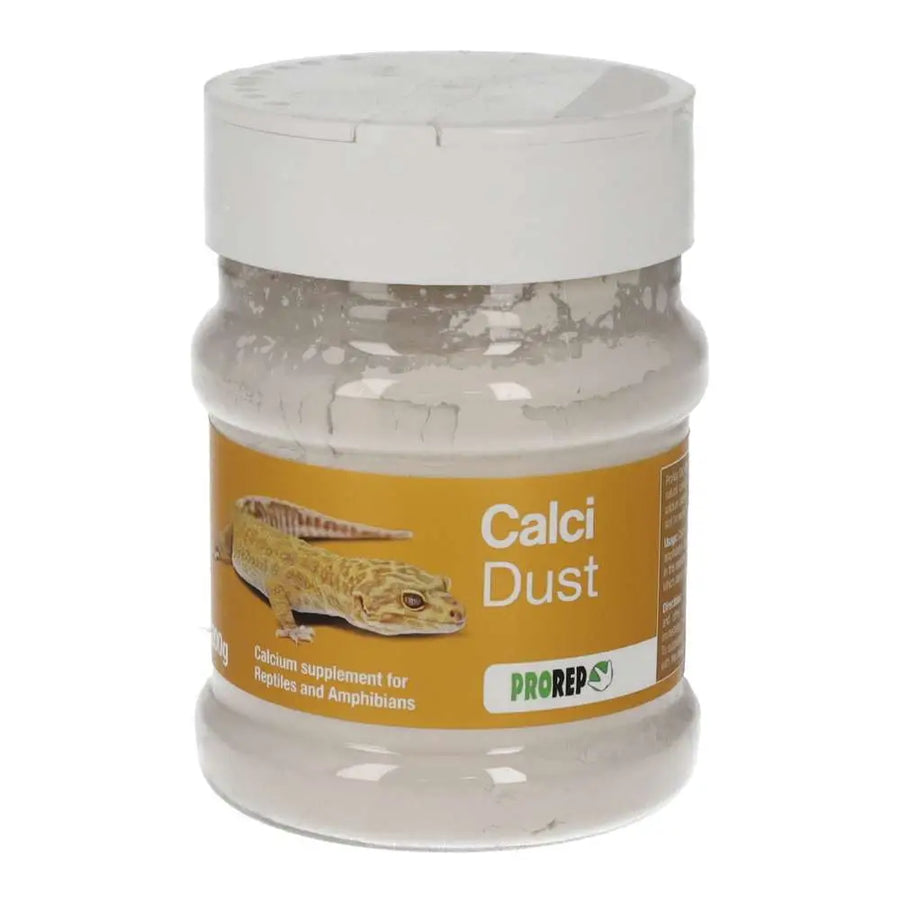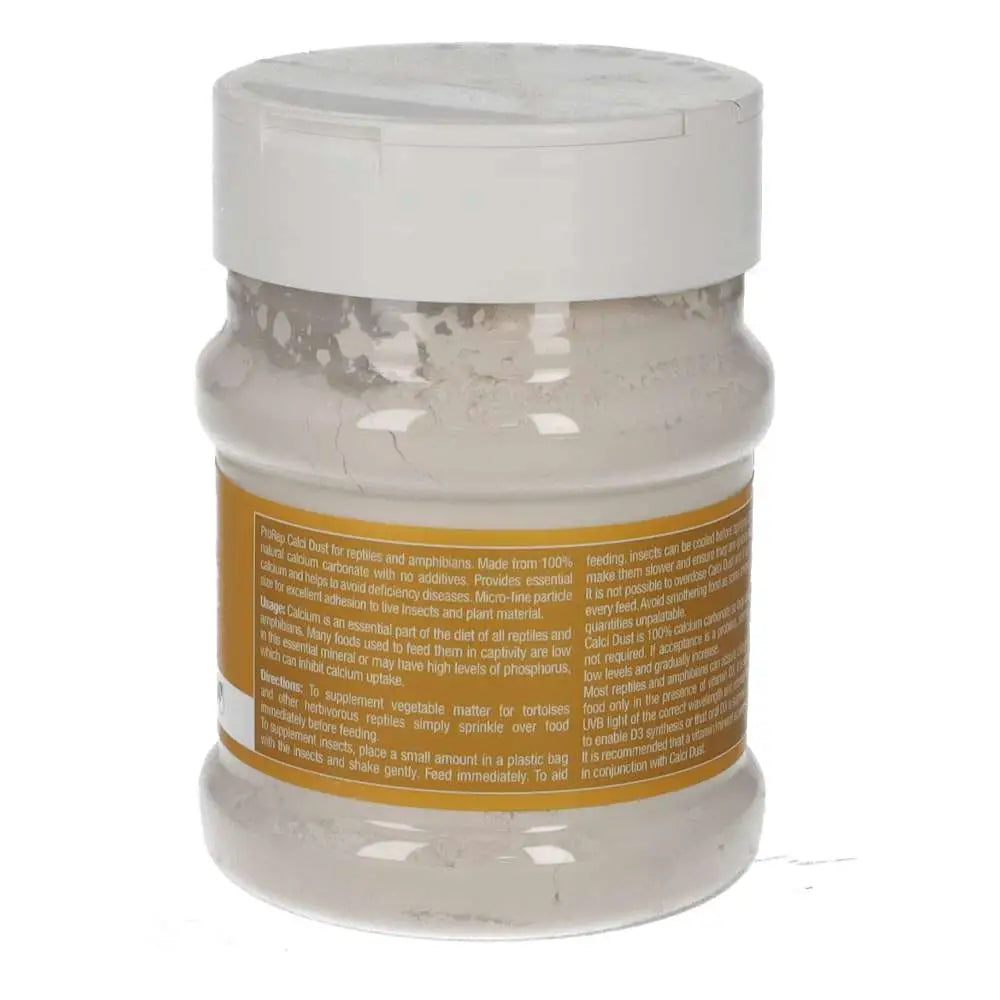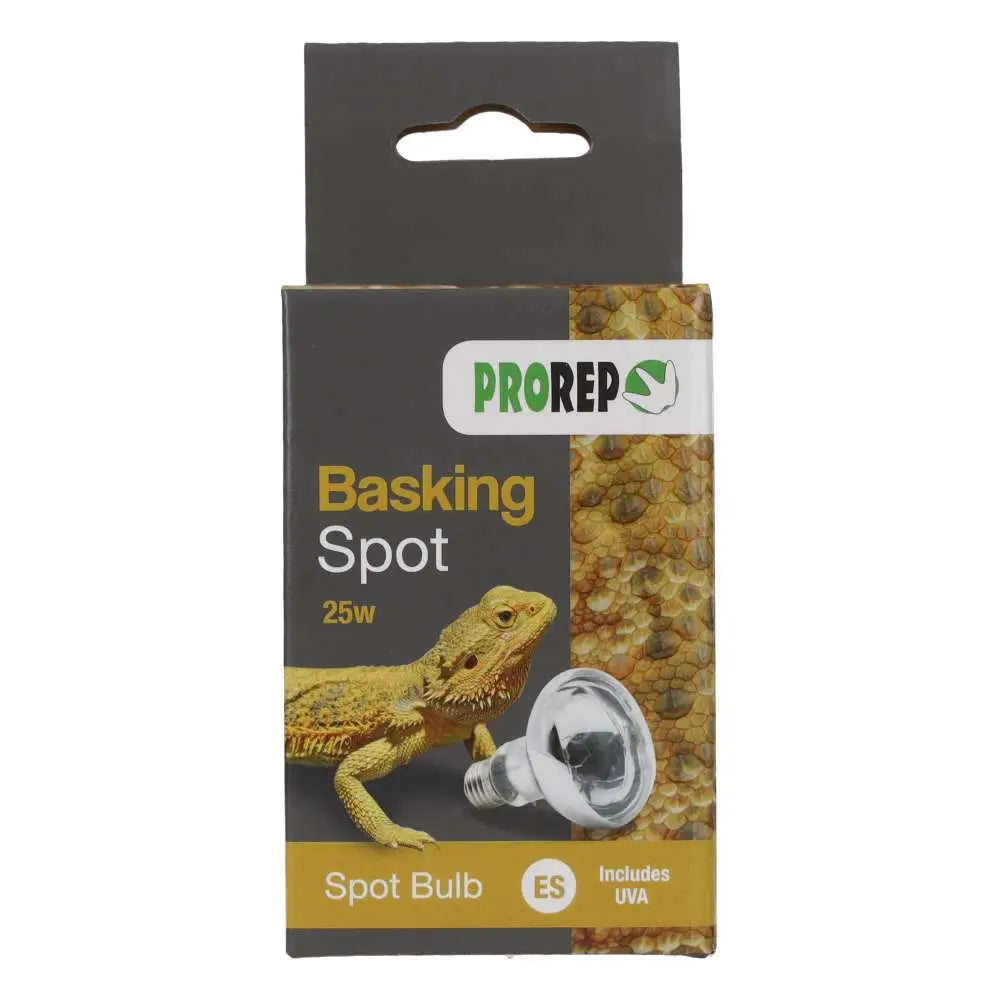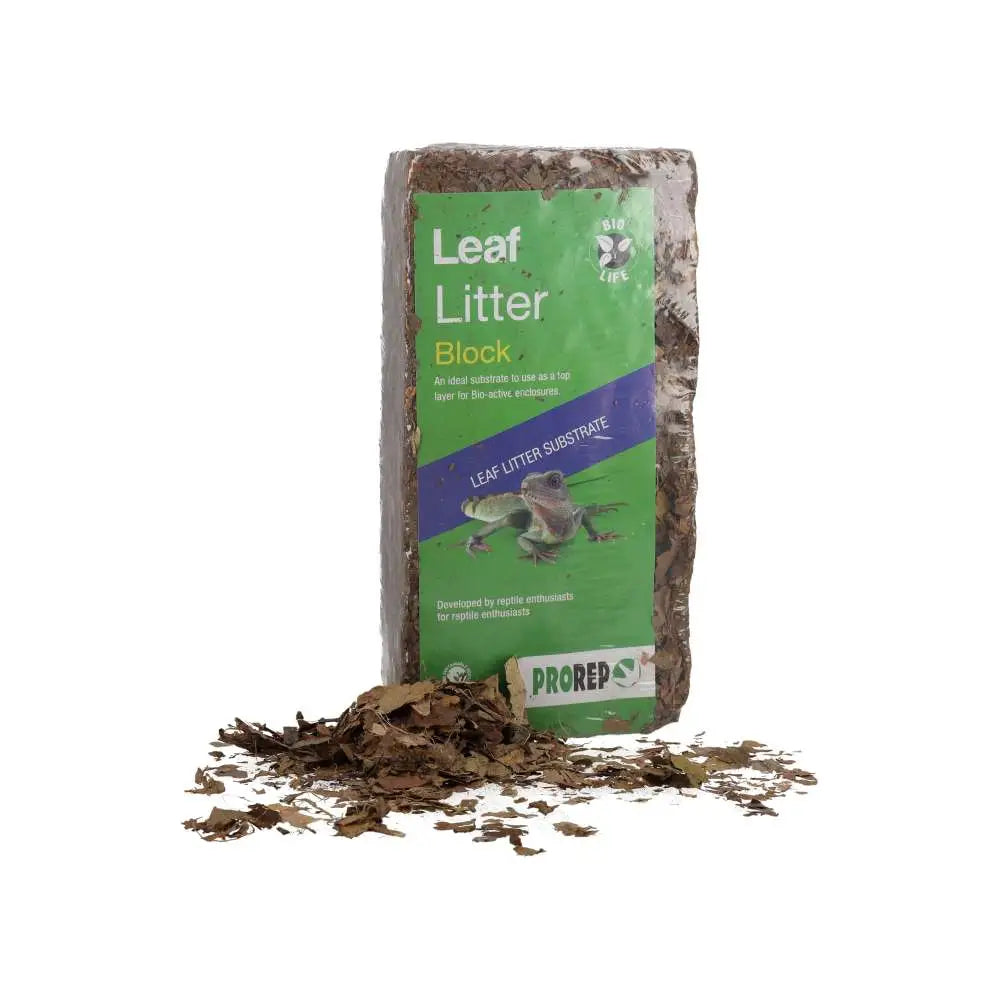
Bearded Dragon Enclosure Ideas: Scale Up Your Dragon’s Dream Home
by Luke Tansley on in
Setting up the perfect home for your bearded dragon is essential to keeping them happy and healthy. If you’re thinking of bearded dragon enclosure ideas, a well-designed enclosure with plenty of space, the right heat levels, and engaging enrichment, should be coming to mind.
Whether you're selecting crucial components like heating and lighting or adding basking rocks and hideaways for their enjoyment, the right setup makes all the difference. Creating a comfortable, stimulating environment ensures your bearded buddy feels safe, secure, and thrives in their habitat.
Understanding Bearded Dragons Needs
Bearded dragons are a popular pet in the UK, but our cooler climate isn’t exactly what they’re used to. Since they need warmth to thrive, it’s important to create an enclosure that keeps them happy and healthy. By understanding their natural habitat and needs, you can design a space that mimics their environment, helping your beardie feel right at home.
Natural Habitat and Behaviour

The term bearded dragon refers to several species of agamid lizards, but in the UK, the most common pet species is the Central bearded dragon (Pogona vitticeps). Native to Australia’s arid outback, these reptiles are well-adapted to hot, dry environments, often found in deserts, scrublands, and woodlands.
Bearded dragons are primarily ground-dwelling, but have been known to climb rocky outcrops, fallen trees, or bask in the sun too, much like any of us enjoying a holiday by the beach! Unlike us, however, when temperatures soar, they’re smart enough to retreat into burrows to escape the heat. The natural cycle of hot days and cool nights in their environment has shaped their behaviour, making them experts at seeking both heat and shade as needed.
Beardies, as they’re affectionately referred to as, are diurnal reptiles, meaning they are active during the day. They are highly expressive. Head-bobbing is a common dominance display, while arm-waving signals submission, especially in younger dragons.
During colder months in the wild, they may enter brumation, a hibernation-like state where they become less active and eat less to conserve energy. As opportunistic omnivores, they adjust their diet based on availability, consuming a mix of insects, vegetation, and small animals to meet their nutritional needs.
Considerations When Choosing the Right Enclosure
Creating a spacious, well-ventilated enclosure with proper heating, lighting, and enriching decor will keep your bearded dragon happy and healthy for a long time. The right bearded dragon setup ensures comfort, safety, and a stress-free environment.
-
Sizing Considerations for Bearded Dragons
Bearded dragons need plenty of space to move around, explore, and regulate their body temperature. Whether they’re babies or fully grown adults, they require the same amount of room to maintain proper temperature and UV gradients. Aim for an enclosure that’s at least 120cm (4ft) long, 60cm (2ft) wide, and 60cm (2ft) tall to support their health and natural behaviours..
-
Materials and Design
The material of your bearded dragon’s vivarium plays a big role in creating the right environment.
Glass terrariums are used because they offer great visibility and are easy to clean. While they help maintain humidity levels, they don’t hold heat as well as other materials, so we don’t recommend them for this species.
Wooden vivariums are a popular choice due to their excellent heat retention, making it easier to maintain stable temperatures. They also provide privacy, reducing stress, and can be customised with sliding glass doors for easy access.
If you’re considering a DIY vivarium, precision is key. Ensure all panels are securely sealed to prevent heat loss, with no sharp edges or gaps where your majestic dragon can pull a Houdini and use melamine-coated MDF or plywood to resist moisture. Proper ventilation is crucial, so you’ll need to drill ventilation holes or install vents to maintain airflow. Additionally, a secure front-opening design with lockable sliding glass doors ensures safety while allowing easy interaction with your bearded dragon.
-
Temperature and Humidity

Keeping the right temperature range is essential for raising healthy bearded dragons. Their enclosure should have a basking area set between 38°C and 43°C on one end, while the cool side should stay between 22°C and 27°C. A basking lamp helps mimic the sun’s warmth. Pairing it with a dimming thermostat helps maintain a stable temperature gradient by automatically adjusting the lamp’s output, preventing overheating. This is important, as it allows your dragon to regulate its body temperature by moving between warm and cool zones.
A reliable thermometer helps you monitor these temperatures accurately, while the thermostat ensures consistency and is important for digestion and energy levels.
At night, it’s important to keep one side of the enclosure warm, around 27°C (80°F), to prevent your bearded dragon from slipping into brumation unintentionally, a period of dormancy cold-blooded animals go through, usually in cooler months. We recommend using a ceramic heat emitter with a guard and thermostat. This setup provides safe, consistent warmth without emitting light, helping maintain a natural day-night cycle while keeping your dragon comfortable.
Humidity should stay between 20-40% as too much can cause respiratory issues. Use a hygrometer to monitor levels, and if needed, occasional misting can help, but avoid overdoing it. Good ventilation is also essential to prevent excess moisture buildup.
Besides keeping the right humidity levels, providing a source of hydration is also important. Place a shallow water bowl in the enclosure for easy access and clean it regularly.
-
Lighting

Proper lighting is essential for your bearded dragon’s health. UVB rays help them synthesise vitamin D3, which is vital for calcium absorption and preventing metabolic bone disease. Use a high-quality UVB bulb that spans most of the enclosure and position it within 30cm of the basking area for maximum benefit.
UVB tubes come in two types: T8 and T5. T8 bulbs are 1 inch thick, have an effective range of 23-30 cm, and need replacing every 6 months. T5 bulbs are thinner (1.25 cm), last up to 12 months, and provide UVB over a greater range of 46-61 cm. We recommend mounting them to the ceiling near the back wall. This setup creates a UV gradient from back to front and, when paired with a basking light, helps establish a temperature gradient along the width of the enclosure.
Lights should be on for 12 to 14 hours a day to mimic natural daylight cycles, promoting healthy behaviours, digestion, and a strong immune system.
-
Substrate Choices
The right substrate is essential for keeping your bearded dragon safe and healthy.
A few options include:
-
Coarse beech woodchip or a species-specific substrate designed to mimic the sand found in their natural desert habitats.
-
Various sand, soil and clay mixes.
Choose a substrate that suits your cleaning routine while keeping your dragon comfortable. Always ensure it stays dry to prevent bacterial growth and remains a healthy environment for your dragon.
-
Adding Decor and Accessories

Just like us, bearded dragons enjoy having a cosy place to relax. Decorate your bearded dragon’s enclosure with shady spots created with live or artificial plants, hides, and rocks, to give them a calm, secure space to relax and unwind.
Here are a few benefits:
-
Hiding Spots: Small caves, logs, or hide boxes provide a safe retreat, reducing stress and promoting relaxation.
-
Aesthetics: Artificial plants and rocks add visual appeal without maintenance.
-
Climbing Structures: Bearded dragons enjoy climbing, so secure branches, driftwood, and platforms provide great for exercise and enrichment.
-
Nail Maintenance: Your dragon’s nails may start to look a little wild. Rocks and ledges provide variety while beardies can use them for naturally filing down claws, preventing overgrowth.
Ensure all branches, rocks, and decor are stable to prevent injury, checking regularly for movement or wear.
Final Thoughts

Creating the ideal bearded dragon habitat means designing an entire enclosure that meets their physical and behavioural needs. Whether you're setting up reptile enclosures for your dragons with live plants, wood decorations, or essential heating equipment like a heat lamp or ceramic heat emitter, each element contributes to their comfort and wellbeing.
By understanding your bearded dragon’s needs and creating a well-designed habitat, you can keep them healthy, active, and stress-free. If you're looking for bearded dragon enclosure ideas that are both safe and fun, we're always happy to help. Feel free to reach out to the Reptile Centre for expert advice on setting up the perfect home for your beardie.
Frequently Asked Questions
How do I keep my bearded dragon’s enclosure clean?
Spot clean waste as you see it using a scoop or sieve, and remove any mess from decorations as soon as you notice it. Every four weeks or so, do a full clean using a reptile-safe disinfectant and replace the bedding to keep the environment fresh and hygienic.
If you're using repurposed household items as décor, make sure they're non-toxic, have smooth edges, and don’t block ventilation. Always clean and sterilise them thoroughly before use.
Where is the best place to put an indoor bearded dragon enclosure?
Place the enclosure in a quiet, draft-free area, away from direct sunlight, which can be deadly, causing extreme overheating. Avoid high-traffic or noisy spaces to reduce stress and create a calm, stable environment for your dragon.
Can I keep multiple bearded dragons together?
While keeping bearded dragons together isn’t usually recommended, it is possible in certain cases with the right setup. Beardies can be territorial, and fights may break out, especially between males.
If you choose to cohabitate, ensure there’s only one male per enclosure, the space is large enough, and that there is enough food and water for each dragon so that they don’t fight over resources. It's essential to monitor closely for signs of stress or bullying, and be ready to separate them if needed.
Do bearded dragons need a specific type of enclosure lid?
Yes. Bearded dragons are best housed in vivariums, which typically have solid lids with large vents at the back to provide proper airflow. This setup helps maintain stable temperatures while still allowing for good ventilation.
Mesh lids, commonly found on glass enclosures, aren’t ideal for this species as they can lead to excessive heat loss and make it harder to maintain the right environment.
